विनोबा भावे
विनोबा भावे
महात्मा गांधी के आदरणीय अनुयायी, भारत के एक सर्वाधिक जाने-माने समाज सुधारक एवं ‘भूदान यज्ञ’ नामक आन्दोलन के संस्थापक थे। इनकी समस्त ज़िंदगी साधु संयासियों जैसी रही, इसी कारणवश ये एक संत के तौर पर प्रख्यात हुए। महात्मा गाँधी के परम शिष्य ‘जंग ए आजा़दी’ के इस योद्धा ने वेद, वेदांत, गीता, रामायण, क़ुरआन, बाइबिल आदि अनेक धार्मिक ग्रंथों का उन्होंने गहन गंभीर अध्ययन मनन किया। अर्थशास्त्र, राजनीति और दर्शन के आधुनिक सिद्धांतों का भी विनोबा भावे ने गहन अवलोकन चिंतन किया गया।
विनोबा भावे का जन्म 11 सितंबर, 1895 को गाहोदे, गुजरात, भारत में हुआ था। विनोबा भावे का मूल नाम विनायक नरहरि भावे था। एक कुलीन ब्राह्मण परिवार जन्मे विनोबा ने ‘गांधी आश्रम’ में शामिल होने के लिए 1916 में हाई स्कूल की पढ़ाई बीच में ही छोड़ दी। गाँधी जी के उपदेशों ने भावे को भारतीय ग्रामीण जीवन के सुधार के लिए एक तपस्वी के रूप में जीवन व्यतीत करने के लिए प्रेरित किया।

प्रारम्भिक जीवन
विनायक की बुद्धि अत्यंत प्रखर थी। गणित उसका सबसे प्यारा विषय बन गया। हाई स्कूल परीक्षा में गणित में सर्वोच्च अंक प्राप्त किए। बडौ़दा में ग्रेजुएशन करने के दौरान ही विनायक का मन वैरागी बनने के लिए अति आतुर हो उठा। 1916 में मात्र 21 वर्ष की आयु में गृहत्याग कर दिया और साधु बनने के लिए काशी नगरी की ओर रूख किया। काशी नगरी में वैदिक पंडितों के सानिध्य में शास्त्रों के अध्ययन में जुट गए। महात्मा गाँधी की चर्चा देश में चारो ओर चल रही थी कि वह दक्षिणी अफ्रीका से भारत आ गए हैं और आजादी का बिगुल बजाने में जुट गए हैं। अखंड स्वाध्याय और ज्ञानाभ्यास के दौरान विनोबा का मन गाँधी जी से मिलने के लिए किया तो वह पंहुच गए अहमदाबाद के कोचरब आश्रम में। जब पंहुचे तो गाँधी जी सब्जी काट रहे थे। इतना प्रख्यात नेता सब्जी काटते हुए मिलेगा, ऐसा तो कदाचित विनाबा ने सोचा न था। बिना किसी उपदेश के स्वालंबन और श्रम का पाठ पढ लिया। इस मुलाकात के बाद तो जीवन भर के लिए वह बापू के ही हो गए।
जेल यात्रा
बापू के सानिध्य और निर्देशन में विनोबा के लिए ब्रिटिश जेल एक तीर्थधाम बन गई। सन् 1921 से लेकर 1942तक अनेक बार जेल यात्राएं हुई। सन् 1922 में नागपुर का झंडा सत्याग्रह किया। ब्रिटिश हुकूमत ने सीआरपीसी की धारा 109 के तहत विनोबा को गिरफ्तार किया। इस धारा के तहत आवारा गुंडों को गिरफ्तार किया जाता है। नागपुर जेल में विनोबा को पथ्थर तोड़ने का काम दिया गया। कुछ महीनों के पश्चात अकोला जेल भेजा गया। विनोबा का तो मानो तपोयज्ञ प्रारम्भ हो गया। 1925 में हरिजन सत्याग्रह के दौरान जेल यात्रा हुई। 1930 में गाँधी की कयादत में राष्ट्रीय कांग्रेस ने नमक सत्याग्रह अंजाम दिया गया।
गाँधी जी और विनोबा भावे
12 मार्च 1930 को गाँधीजी ने दांडी मार्च शुरू किया। विनोबा फिर से जेल पंहुच गए। इस बार उन्हें धुलिया जेल रखा गया। राजगोपालाचार्य जिन्हें राजाजी भी कहा जाता था, उन्होंने विनोबा के विषय में ‘यंग इंडिया’ में लिखा था कि विनोबा को देखिए देवदूत जैसी पवित्रता है उसमें। आत्मविद्वता, तत्वज्ञान और धर्म के उच्च शिखरों पर विराजमान है वह। उसकी आत्मा ने इतनी विनम्रता ग्रहण कर ली है कि कोई ब्रिटिश अधिकारी यदि पहचानता नहीं तो उसे विनोबा की महानता का अंदाजा नहीं लगा सकता। जेल की किसी भी श्रेणी में उसे रख दिया जाए वह जेल में अपने साथियों के साथ कठोर श्रम करता रहता है। अनुमान भी नहीं होता कि यह मानव जेल में चुपचाप कितनी यातनाएं सहन कर रहा है। 11 अक्टूबर 1940 को गॉंधी द्वारा व्यक्तिगत सत्याग्रह के प्रथम सत्याग्रही के तौर पर विनोबा को चुना गया। प्रसिद्धि की चाहत से दूर विनोबा इस सत्याग्रह के कारण बेहद मशहूर हो गए। उनको गांव गांव में युद्ध विरोधी तक़रीरें करते हुए आगे बढते चले जाना था। ब्रिटिश सरकार द्वारा 21 अक्टूबर को विनोबा को गिरफ्तार किया गया। सन् 1942 में 9 अगस्त को वह गाँधी और कांग्रेस के अन्य बडे़ नेताओं के साथ गिरफ्तार किया गया। इस बार उनको पहले नागपुर जेल में फिर वेलूर जेल में रखा।
बहुभाषी व्यक्तित्त्व
जेल में ही विनोबा ने 46 वर्ष की आयु में अरबी और फारसी भाषा का अध्ययन आरम्भ किया और क़ुरआन पढ़ना भी शुरू किया। अत्यंत कुशाग्र बुद्धि के विनोबा जल्द ही हाफि़ज़ ए क़ुरआन बन गए। मराठी, संस्कृत, हिंदी, गुजराती, बंगला, अंग्रेज़ी, फ्रेंच भाषाओं में तो वह पहले ही पारंगत हो चुके थे। विभिन्न भाषाओं के तकरीबन पचास हजार पद्य विनोबा को बाकायदा कंठस्थ थे। समस्त अर्जित ज्ञान को अपनी ज़िंदगी में लागू करने का भी उन्होने अप्रतिम एवं अथक प्रयास किया।
साहित्यिक योगदान
विनोबा भावे एक महान विचारक, लेखक और विद्वान थे जिन्होंने ना जाने कितने लेख लिखने के साथ-साथ संस्कृत भाषा को आम जन मानस के लिए सहज बनाने का भी सफल प्रयास किया। विनोबा भावे एक बहुभाषी व्यक्ति थे। उन्हें लगभग सभी भारतीय भाषाओं का ज्ञान था। वह एक उत्कृष्ट वक्ता और समाज सुधारक भी थे। विनोबा भावे के अनुसार कन्नड़ लिपि विश्व की सभी लिपियों की रानी है। विनोबा भावे ने गीता, क़ुरआन, बाइबल जैसे धर्म ग्रंथों के अनुवाद के साथ ही इनकी आलोचनाएं भी की। विनोबा भावे भागवत गीता से बहुत ज्यादा प्रभावित थे। वो कहते थे कि गीता उनके जीवन की हर एक सांस में है। उन्होंने गीता को मराठी भाषा में अनुवादित भी किया था।
भूदान आन्दोलन
विनोबा भावे का ‘भूदान आंदोलन’ का विचार 1951 में जन्मा। जब वह आन्ध्र प्रदेश के गाँवों में भ्रमण कर रहे थे, भूमिहीन अस्पृश्य लोगों या हरिजनों के एक समूह के लिए ज़मीन मुहैया कराने की अपील के जवाब में एक ज़मींदार ने उन्हें एक एकड़ ज़मीन देने का प्रस्ताव किया। इसके बाद वह गाँव-गाँव घूमकर भूमिहीन लोगों के लिए भूमि का दान करने की अपील करने लगे और उन्होंने इस दान को गांधीजी के अहिंसा के सिद्धान्त से संबंधित कार्य बताया। भावे के अनुसार, यह भूमि सुधार कार्यक्रम हृदय परिवर्तन के तहत होना चाहिए न कि इस ज़मीन के बँटवारे से बड़े स्तर पर होने वाली कृषि के तार्किक कार्यक्रमों में अवरोध आएगा, लेकिन भावे ने घोषणा की कि वह हृदय के बँटवारे की तुलना में ज़मीन के बँटवारे को ज़्यादा पसंद करते हैं। हालांकि बाद में उन्होंने लोगों को ‘ग्रामदान’ के लिए प्रोत्साहित किया, जिसमें ग्रामीण लोग अपनी भूमि को एक साथ मिलाने के बाद उसे सहकारी प्रणाली के अंतर्गत पुनर्गठित करते। आपके भूदान आन्दोलन से प्रेरित होकर हरदोई जनपद के सर्वोदय आश्रम टडियांवा द्वारा उत्तर प्रदेश के 25 जनपदों में श्री रमेश भाई के नेतृत्व में उसर भूमि सुधार कार्यक्रम सफलता पूर्वक चलाया गया।
विनोबा भावे के मौलिक कार्यक्रम और जीवन के उनके दर्शन को एक लेखों की शृंखला में समझाया गया है, जिन्हें ‘भूदान यज्ञ’ (1953) नामक एक पुस्तक में संगृहीत एवं प्रकाशित किया गया है।
सम्मान एवं पुरस्कार
विनोबा को 1958 में प्रथम रेमन मैग्सेसे पुरस्कार से सम्मानित किया गया। भारत सरकार ने उन्हें देश के सर्वोच्च नागरिक सम्मान भारत रत्न से 1983 में मरणोपरांत सम्मानित किया।
1975 में पूरे वर्ष भर अपने अनुयायियों के राजनीतिक आंदोलनों में शामिल होने के मुद्दे पर भावे ने मौन व्रत रखा।1979 के एक आमरण अनशन के परिणामस्वरूप सरकार ने समूचे भारत में गो-हत्या पर निषेध लगाने हेतु क़ानून पारित करने का आश्वासन दिया।
निधन
विनोबा जी ने जब यह देख लिया कि वृद्धावस्था ने उन्हें आ घेरा है तो उन्होंने अन्न-जल त्याग दिया। जब आचार्य विनोवा जी ने अन्न और जल त्याग दिया तो उनके समर्थकों ने उनसे चैतन्यावस्था में बने रहने के लिये ऊर्जा के स्त्रोत की जानकारी चाही तो उन्होंने बताया कि वे वायु आकाश आदि से ऊर्जा ग्रहण करते हैं। आचार्य विनोवा ने कहा कि मृत्यु का दिवस विषाद का दिवस नहीं अपितु उत्सव का दिवस है इसलिये उन्होंने अपनी मृत्यु के लिये की दीपावली का दिवस 15 नवम्बर को निर्वाण दिवस के रूप में चुना। इस प्रकार अन्न जल त्यागने के कारण एक सप्ताह के अन्दर ही 15 नवम्बर 1982, वर्धा, महाराष्ट्र में उन्होंने अपने प्राण त्याग दिये। विनोवा जी के शरीर त्यागने के उपरांत पवनार आश्रम के सभी बहनों ने उन्हे संयुक्त रूप से मुखाग्नि दी। इतिहास में इस तरह की मृत्यु के उदाहरण गिने चुने ही मिलते है। इस प्रकार मरने की क्रिया को प्रायोपवेश कहते है।









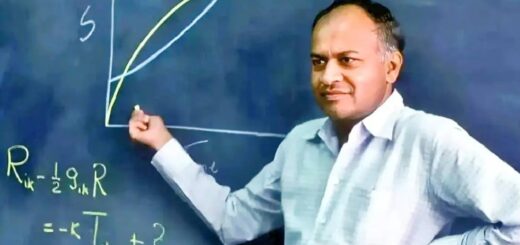

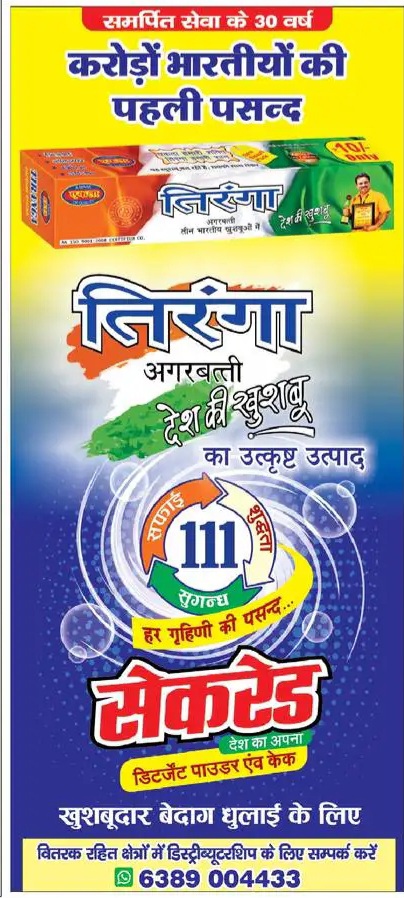

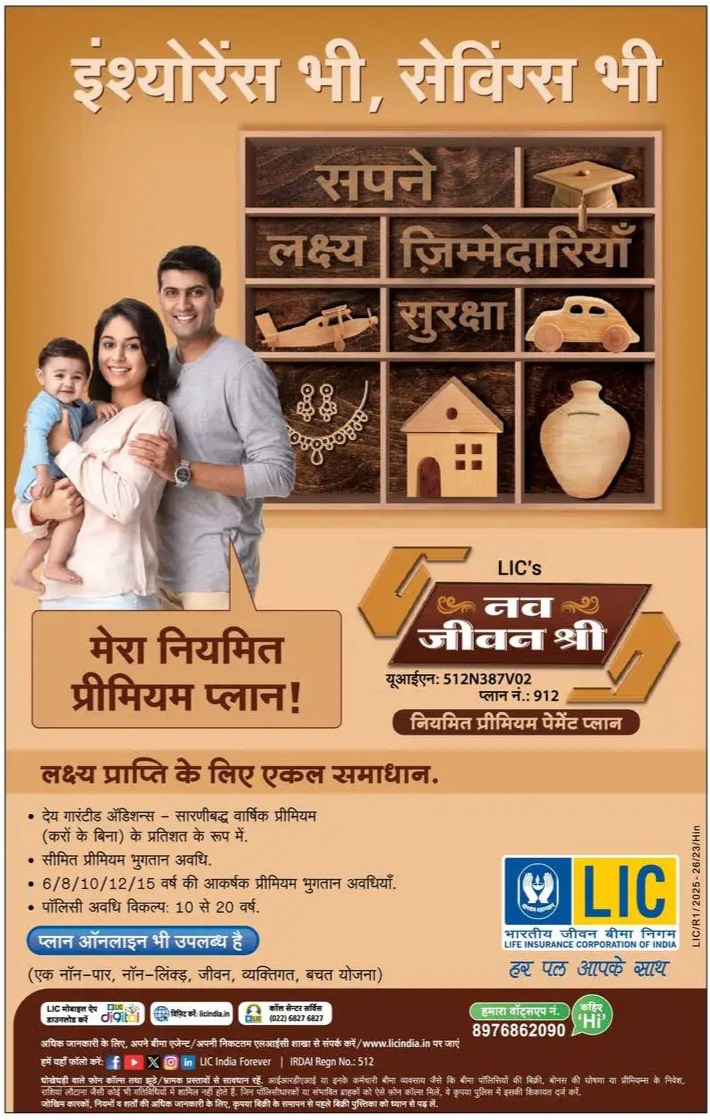
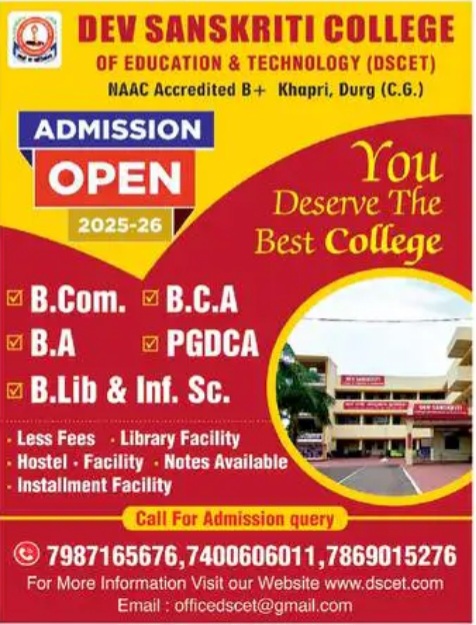


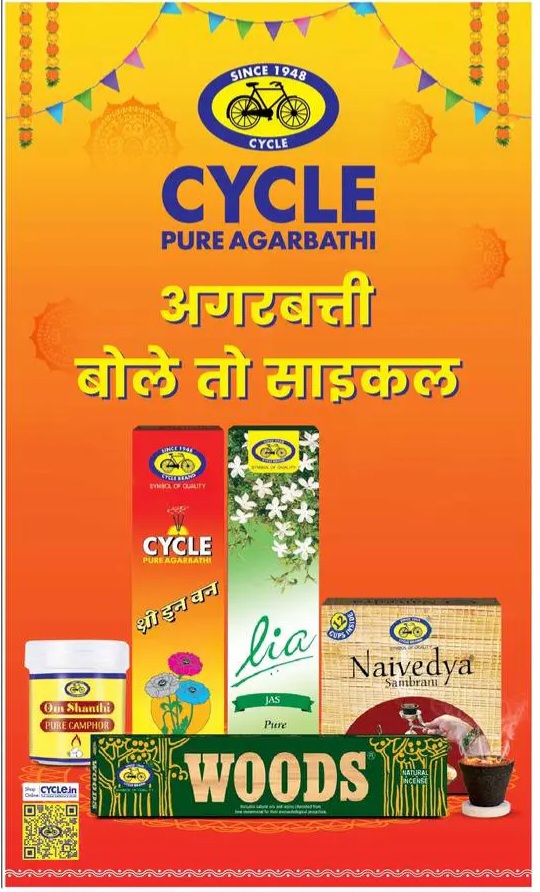
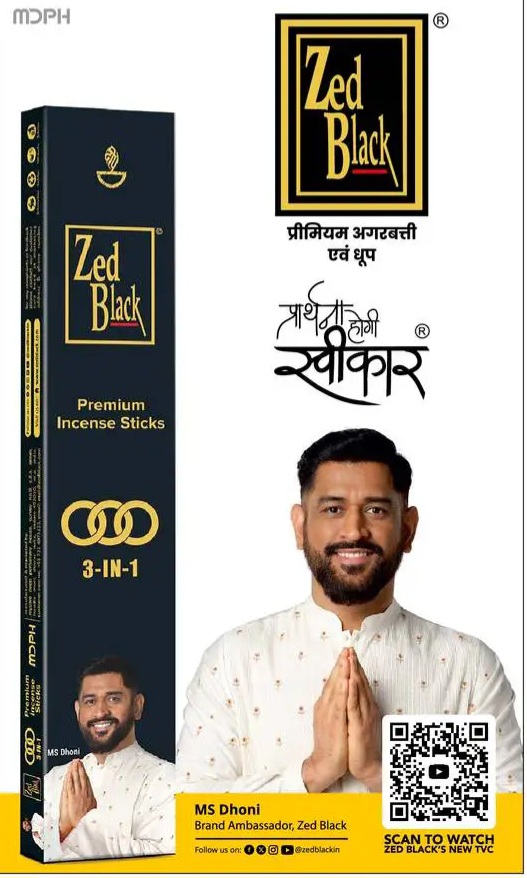
 +91-94068 22273
+91-94068 22273 
